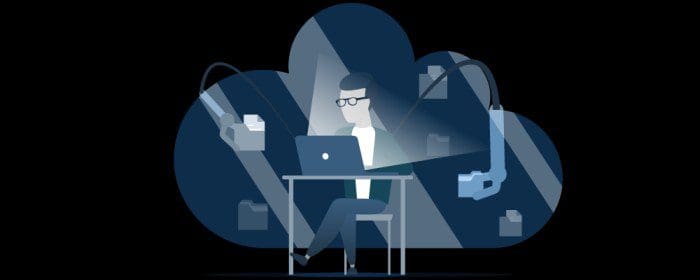What Is Data Enrichment And How It Works
Learn what is data enrichment, what are the different types, benefits and use cases for data enrichment, and how Smartproxy helps you do it.

Data is an incredibly valuable and powerful resource for businesses today. With the right data and analytical tools, businesses can extract the kind of insight that is usually very hard to find. Data analytics software can reveal patterns that would be virtually impossible to discover using just our own intelligence.
However, there are a couple of notable caveats. First of all, your data analytics will only ever be as good or insightful as the raw data that you have to work with. Poor-quality data will lead to unreliable results. In fact, poor data collection can end with you drawing invalid conclusions and not realizing it for quite some time. By the time the errors become apparent, those conclusions might already be wreaking havoc with your internal reasoning and decision-making.
What Is Data Enrichment?
Data enrichment is a process that allows businesses to merge multiple different data sources together. This creates a unified source that is more valuable and useful than its constituents. In many cases, this means combining internal data with information received from external sources. This is a popular way for brands to augment their existing data sets and improve the quality of the conclusions that they can draw.
This enriched data provides the opportunity for a more granular analysis than would otherwise be possible. Whether it is a more in-depth picture of a business’s audience, or better understanding of their competitors’ behavior, the added power of enriched data can make it much more useful than its constituent sources are on their own.
Types of Data Enrichment
No individual dataset can provide a complete and holistic overview of a brand's customers. To properly understand your customer base, you will need to combine several datasets into a single enriched source. As businesses across the board try to introduce greater levels of personalization, the ability to meaningfully combine different data sources provides them with a powerful tool for enhancing their services.
There are innumerable types of data enrichment, as well as data collection techniques. However, there are two types of data enrichment that are far more prominent than the others. These are the two that you really need to know about.
Demographic Data Enrichment
This includes any type of data that allows you to more accurately define your users. For example, income level and marital status are both examples of demographic data. Combining demographic data with existing data about your customers will enable you to build a fuller picture of exactly who they are.
The key to demographic enrichment lies in identifying exactly what you want to achieve with the data you have. For example, including databases with information about a user's credit rating can help you decide if you should provide them with a credit card offer.
Geographic Data Enrichment
This involves adding data about the geographical location of your users. It could be things like ZIP codes and other postal data, longitude and latitude coordinates, and home addresses.
Geographic data is easy to come by because there are many businesses that exist to provide such data. Geographic data enables businesses to offer a more personalized service. For example, retailers can use it to offer localized pricing.
Where to Get Data From
Enriching data can come from many different sources. If it isn’t bought directly from another business, it is most likely going to be obtained by scraping publicly-available data sources. Scraping tools can be customized to seek out whatever kind of data you need. For example, a business looking to gain a better understanding of their competitors can set up a scraping tool to crawl review websites and social media platforms for mentions of the competition. Get more detailed information about it at Smartproxy.
By constantly scraping online data sources and extracting data from them, businesses can create a non-stop enrichment process. This doesn’t necessarily involve a database that is constantly growing in size. Instead of just adding new data, businesses can also replace old and inaccurate records with newer ones.
What Are the Benefits and Use Cases for Data Enrichment?
The main benefit of data enrichment is that it enables businesses to enhance both the value and accuracy of their datasets. Having high-quality and accurate data is essential if businesses want to be able to draw meaningful conclusions from it.
Enriching an incomplete database with data scraped from the right sources can instantly enhance its value. Not only does this make data more useful for the businesses who own it, but it can also enhance its shareability.
When businesses know they have a reliable means of enriching data, they can reduce the amount of data collection they need to undertake. For example, by enriching the data collected from customers during the signup process for a newsletter or website, businesses can ask their customers for less information.
The rapid growth of data enrichment tools in recent years shows how businesses are beginning to wake up to the potential of data enrichment. Data is a vital resource for modern businesses. Anything that can further enhance its value and usability is worth exploring. Data enrichment does exactly that.
